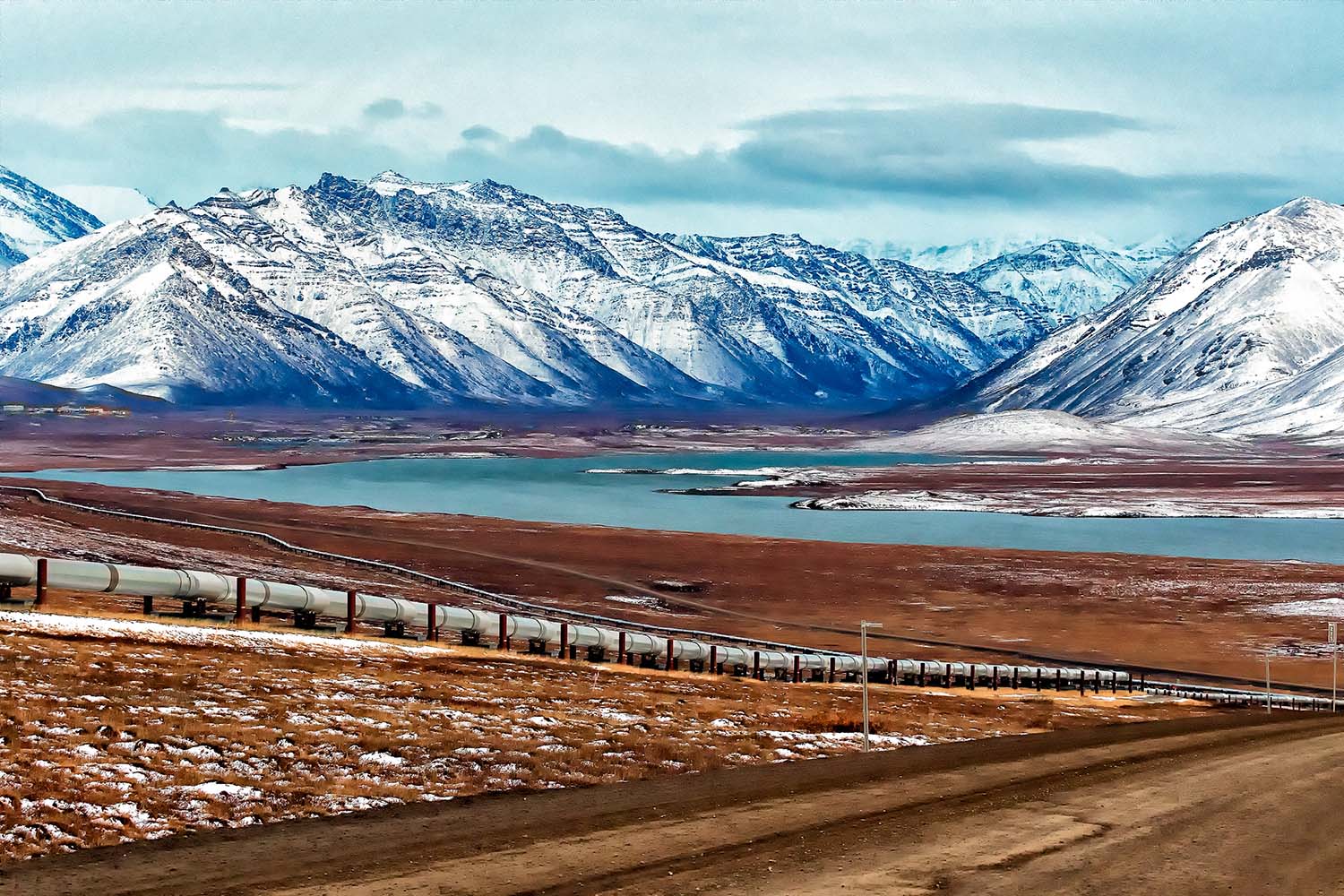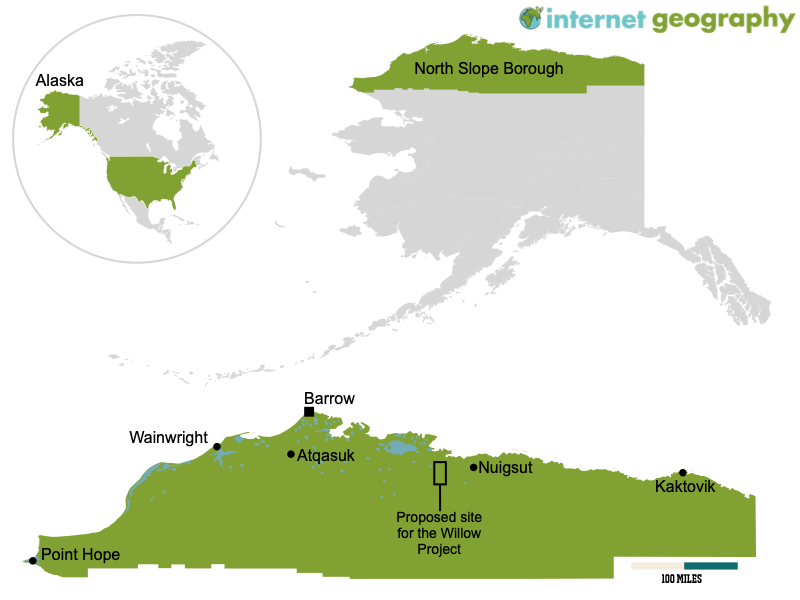The Willow Project
Environmental and climate activists are using the internet to protest against a plan to drill for oil and gas in the US state of Alaska by a company called ConocoPhillips. The leader of their country, President Joe Biden, is trying to decide if he should allow this plan to go ahead. Many people have signed a petition online to say they don’t want the plan to happen, as well as sharing messages on social media with the hashtag #StopWillow to show their support for the cause. In recent weeks, there have been 50 million direct views of #StopWillow videos on TikTok alone.
While the project has supporters and opponents in its home state, it has become a lightning rod on social media. Over the past week, TikTok users have galvanized around halting the project, with a staggering number of people watching and posting on the topic.
What is the Willow Project?
ConocoPhillips plans to spend $6 billion to dig for oil and gas in the North Slope Borough, Alaska. The place they want to extract oil is called the National Petroleum Reserve-Alaska, a huge land area that people haven’t touched. It’s on the North Slope of Alaska, the biggest piece of untouched wilderness in the USA.
Will the Willow Project be approved?
President Joe Biden’s team has said they will allow a smaller version of the project. The people responsible for looking after the land, the Bureau of Land Management (BLM), have looked at the plans and decided they like one option the most. This option would have fewer drill sites, a block on Arctic Ocean drilling and less surface development than the original ConocoPhillips plan. The company had wanted to dig in five different places and build many roads, seven bridges and pipes to transport the oil. A judge in Alaska had said that the original decision was not good enough because they didn’t think about the environment properly. A final decision about the project could be made soon, maybe even this month.
Why is the Willow Project important for Alaska?
The Willow project area holds an estimated 600 million barrels of oil, or more than the amount currently held in the U.S. Strategic Petroleum Reserve, the country’s emergency supply.
The project is important to Alaska’s economy. Oil production has declined in the state, which relies heavily on drilling.
ConocoPhillips said the project would deliver up to $17 billion in revenue for the national (federal) and local (state) governments and Alaska communities.
The Biden administration has also been urging U.S. oil companies to invest in boosting production to help keep the price of oil low for consumers.
Is there support for the Willow Project?
There is widespread political support in Alaska, including from those in power — Republican Governor Mike Dunleavy and state lawmakers.
There also is “majority consensus” in support in the North Slope region, said Nagruk Harcharek. He is president of the group Voice of the Arctic Iñupiat, whose members include leaders from across much of that region.
Willow’s supporters – including a coalition of Alaska Natives on the North Slope – say Willow could be a much-needed new source of revenue for the region and help fund schools, health care and other basic services. Supporters have called the project balanced and say communities would benefit from taxes generated by it. They say these would be used to invest in infrastructure and provide public services.
In recent weeks, several Alaska Native groups have also travelled to Washington for routine meetings that have often become about Willow and the state’s oil industry. Although some in the nearest town to Willow, Nuiqsut, are concerned about the project’s local impacts, many Alaska Natives stand to receive a slice of the revenue, which they say will help reduce poverty and boost generational wealth.
What is the Environmental Impact?
The BLM feel that a slimmed-down version of the project would be better for animals like polar bears and yellow-billed loons. This is because removing the most ecologically sensitive site in the project reduces the number of drilling sites from three to two. ConocoPhillips would need to shrink its development footprint by about 12 per cent to protect a yellow-billed loon nesting site and caribou migration paths.
Environmentalists are still against the project because they think it goes against what President Biden promised to do to help with climate change. They also think it would affect the land and the animals that live there through the construction of hundreds of miles of roads and pipelines carving through often pristine wilderness.
By the government’s estimates, the project would generate enough oil to release 9.2 million metric tons of planet-warming carbon pollution a year – equivalent to adding 2 million gas-powered cars to the roads. Over 30 years, climate groups have estimated it would release around 278 million metric tons of carbon pollution, which is more than 70 coal-fired power plants could produce annually.





Leave a Reply
Want to join the discussion?Feel free to contribute!